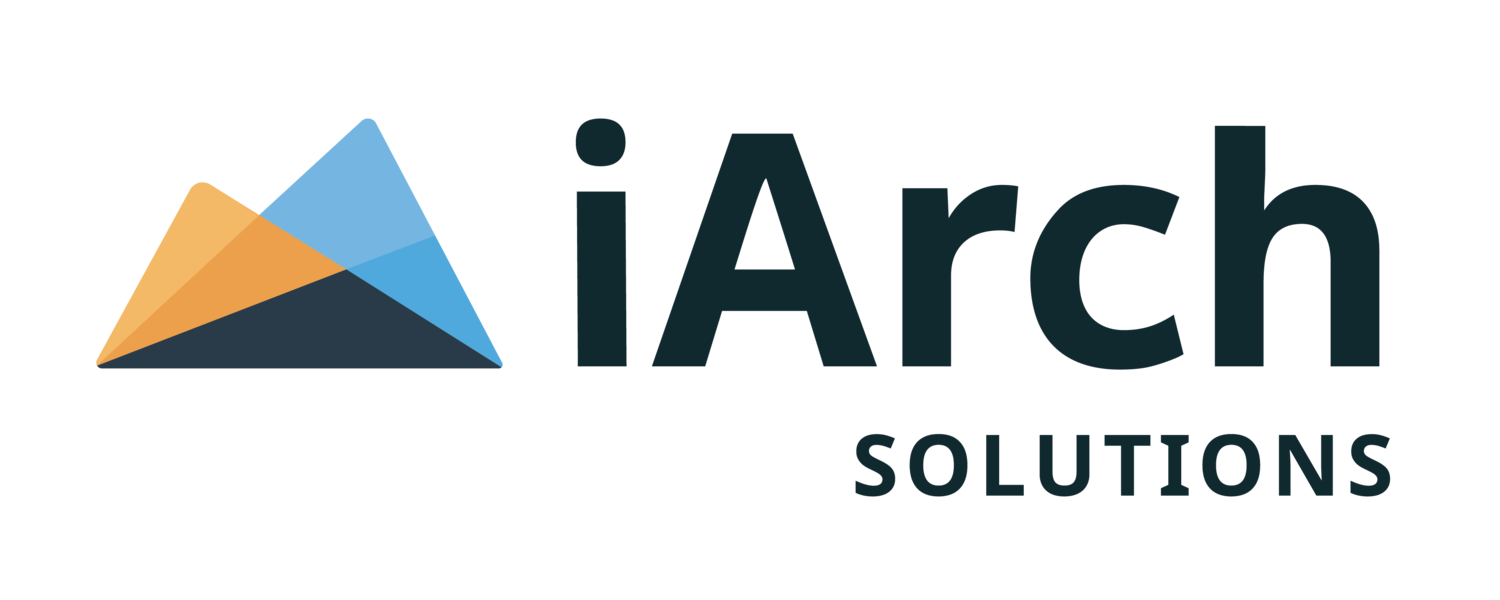Artificial Intelligence from a High Level
Artificial Intelligence (AI) is a broad field of computer science. Its goal is to enable computers and software to perform tasks that typically require human intelligence, such as problem solving, reasoning and other cognitive human abilities. If one can create a machine that is capable of learning new skills through observation, think abstractly and reason or create art, music, or other inventions, then we would call that effort “Artificial General Intelligence” or AGI. If we take AGI and apply it to a specific task with a narrow set of objectives, it would then be considered Artificial Intelligence or AI.
From a broad overview we can sort AI into 3 categories, the first being task driven or supervised. This is where we are telling it to read data and analyze it based on the parameters we set. It will then provide us with the answers we asked for based on that data and the parameters used. This is most applicable to automated and repetitive mundane tasks such as classifying documents and images.
The second category is thought of as unsupervised. This is where raw data is inputted and using an algorithm the machine can find trends and patterns within the data it is analyzing. This is done by clustering the data based on various commonalities with in it. An example would be inputting raw stock market data covering stock prices, stock volume and stock volatility. From this raw data the machine would try to identify patterns and trends for that list of stocks that would be clear to the user.
A third category of AI can be called reinforcement learning. This is where a machine can solve tasks and problems using trial and error. A simple example would be learning to play chess. The machine makes a move, then it checks to see if that was the correct move and stores that information for future use.
This is merely a high-level look at AI and some of its’ trappings. It has been here longer than you think and will be around for a long time to come. AI covers many domains that effect our everyday life, and they will continue to grow and expand. It is used in Language translation, image classification, product recommendations, fraud detection, self-driven cars and weather forecasting to name a few. I will delve deeper on this subject in subsequent blogs.
